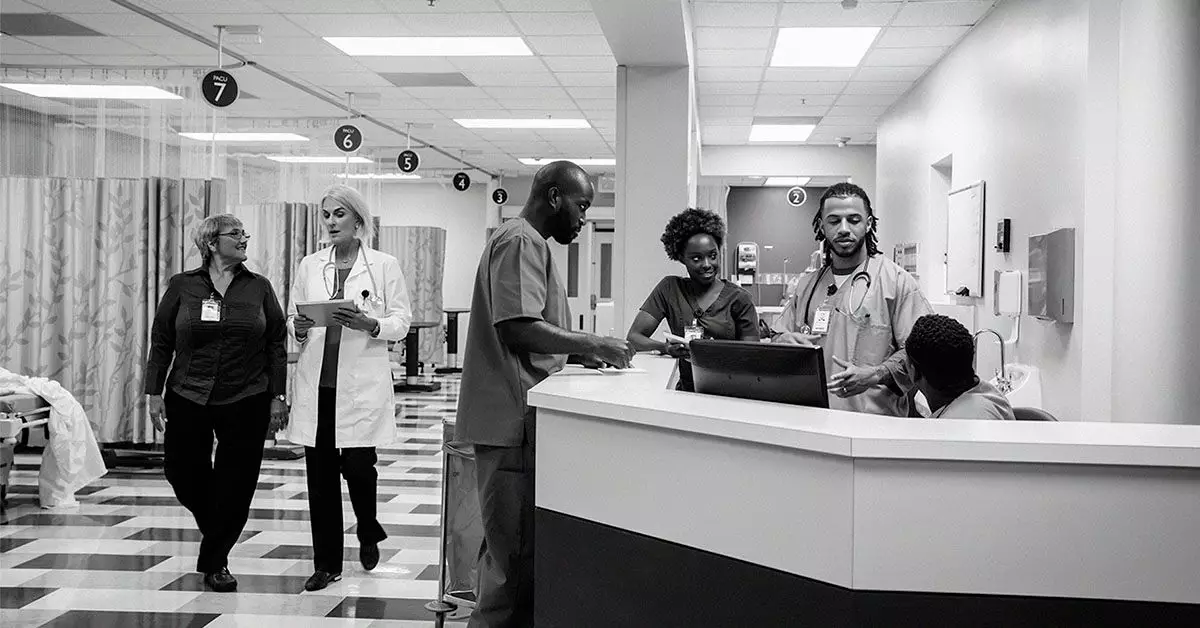Bone marrow transplants, also known as stem cell transplants, represent a groundbreaking treatment method for various types of cancer, particularly lymphomas. This medical marvel involves reintegrating healthy blood stem cells into a patient’s body to replace those lost due to aggressive cancer treatments like high-dose chemotherapy and radiation. These treatments, while potent against cancer cells, can severely compromise bone marrow, leading to life-threatening complications if not carefully managed. Bone marrow transplants aim to restore the body’s ability to produce healthy blood cells, effectively renewing the patient’s immune and hematological functions.
There are generally two types of bone marrow transplants: autologous and allogeneic. An autologous transplant uses the patient’s own stem cells, collected in advance and preserved to be reinfused after intensive therapy. Conversely, an allogeneic transplant requires stem cells from a compatible donor—typically a relative or a voluntary participant from a donor registry. Each type has its own protocols, risks, and benefits, making the decision for the right type a critical process influenced by various medical factors.
Procedure Insights
The procedure to collect stem cells from either the patient or a donor is intricate yet essential. In cases of autologous transplants, stem cells are harvested prior to chemotherapy. This process often begins with the administration of substances to mobilize stem cells from the bone marrow into the bloodstream, where they can be more easily harvested. This collection usually occurs via apheresis, a method that separates blood components using a special machine.
For the allogeneic approach, patients may undergo similar preparatory treatments, but the focus shifts to identifying closely matched donors who have undergone rigorous screening for compatibility—an essential step to reduce the risks of complications such as graft-versus-host disease (GVHD). This disease occurs when the donor’s immune cells mistakenly target the recipient’s healthy tissues. The reality is that while transplants offer hope, they also come with considerable risk, highlighting the importance of comprehensive pre-transplant evaluations and post-transplant monitoring.
Evaluating Effectiveness and Risks
The efficacy of a bone marrow transplant often hinges on various factors. Research indicates that autologous transplants yield promising outcomes for young, healthy individuals with Hodgkin’s lymphoma, showing potential for remission in nearly 50% of cases. Autologous transplants are generally considered the standard of care in such circumstances, emphasizing their role as a lifeline in the face of aggressive lymphomas. Furthermore, follow-up therapies can significantly enhance success rates by working in tandem with the transplant to promote complete remission.
Conversely, the allogeneic approach carries more significant risks, particularly due to the high likelihood of GVHD and the chance of the donor cells being rejected by the patient’s body. The reality of such complications cannot be overstated—patients may face serious infections or the risk of their existing cancers returning if the transplant is not successful. Consequently, the risk-benefit analysis for bone marrow transplants is complex and inherently patient-specific; no single treatment can be regarded as a universal solution.
The Role of Family and Registries in Finding Donors
Discovering a suitable donor is an integral part of the allogeneic transplant process. Medical teams initially attempt to match patients with their siblings or closely related family members, as the chances of having matching human leukocyte antigen (HLA) proteins are significantly higher in family members. Should a familial match not be available, registries of volunteer stem cell donors become vital.
Despite advances in medical science and increased participation in donor registries, many patients still encounter challenges in locating suitable donors. Factors like ethnicity can affect matching, as minority groups are often underrepresented in registries. This gap highlights an urgent need for increased awareness and the recruitment of diverse donors to ensure equitable access to life-saving treatments.
The Path Forward: A Future of Hope and Healing
The survival statistics for patients post-transplant are encouraging yet varied. Recent studies reveal that over 60% of individuals with Hodgkin’s lymphoma and around 50% of those with non-Hodgkin’s lymphoma live at least ten years post-autologous transplant. This illustrates a significant shift in what was once a dire prognosis for many cancer patients. Long-term survival, particularly among immunocompetent patients, showcases an expanding horizon in cancer care—one where treatments like bone marrow transplants are changing the narrative from mere survival to thriving after cancer.
As advancements in medical technology and understanding continue, the potential for bone marrow transplants to serve not just as a treatment but as a cure becomes increasingly tangible. In navigating the complexities of this treatment option, patients are reminded that they are not alone; a dedicated healthcare team is ready to guide them through the process, ensuring that every avenue of hope is explored. Ultimately, the promise of bone marrow transplants lies in their ability to rekindle life and restore health, underscoring the enduring spirit of resilience in the face of adversity.

